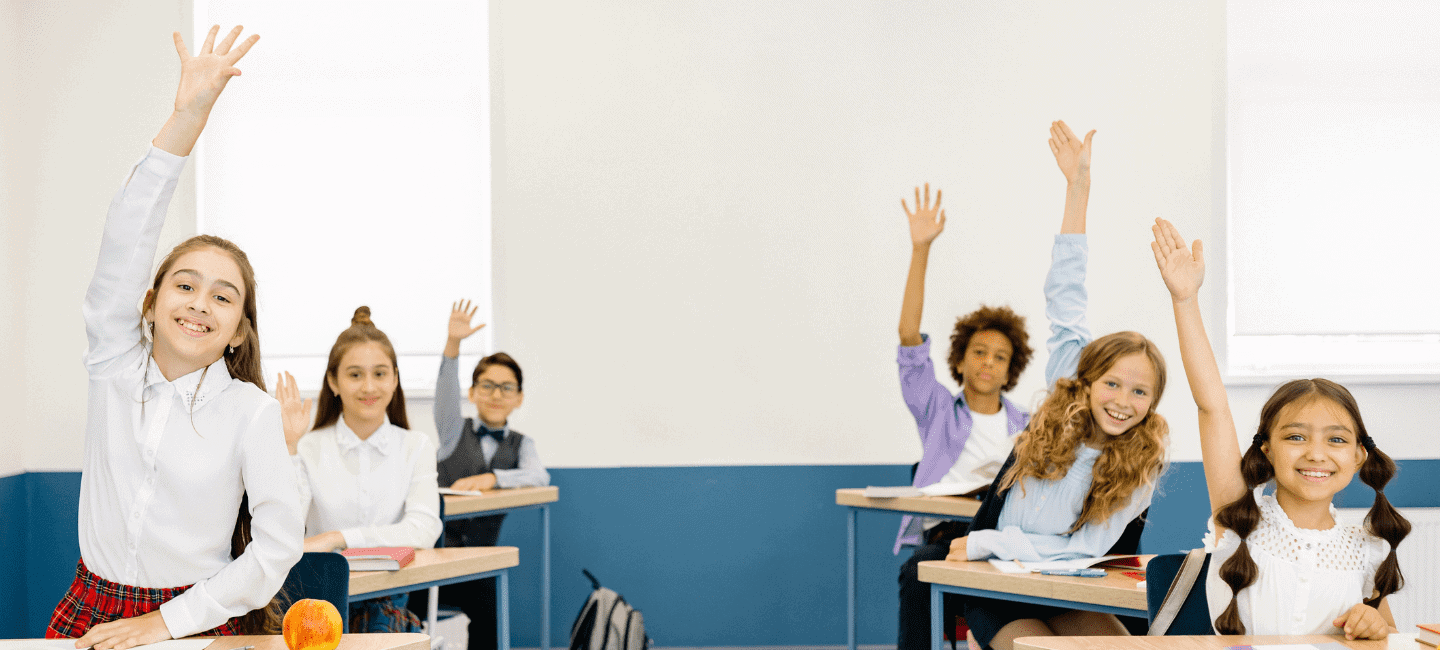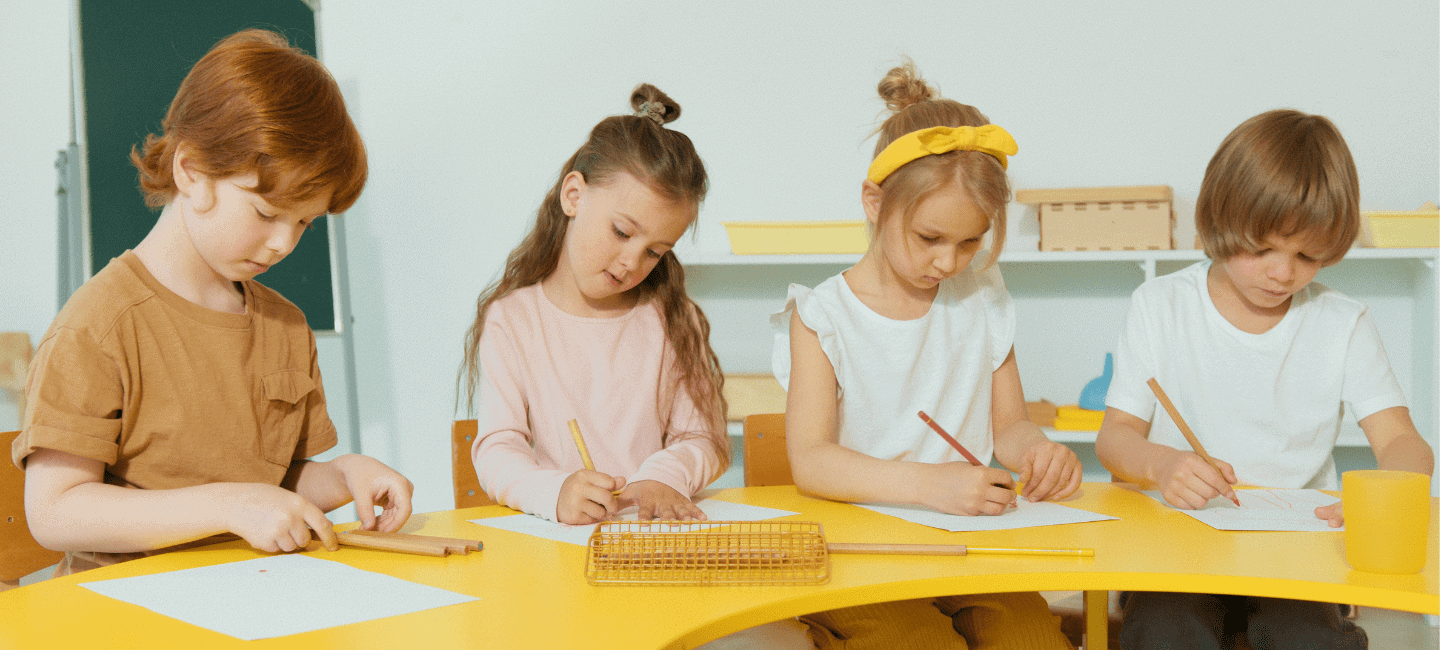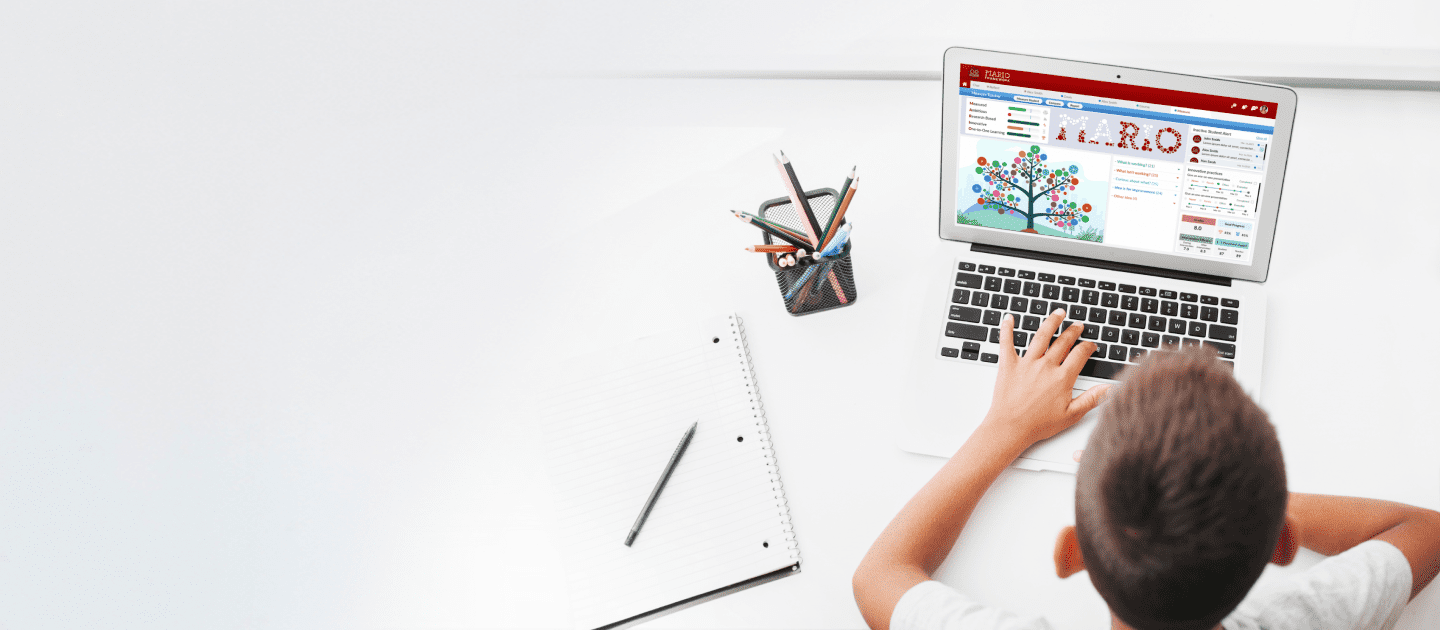Examining the Role of the Learner and the Teacher in Language Learning Motivation

Motivation Student-Teacher Relationships Student Effort This study explored the interaction between two critical topics: the personalities of language learners and the instructional motivational practices of teachers. Researchers aimed to answer questions about how to predict English learning motivation and self-efficacy. Different Types of Learners The literature review highlights several frameworks to understand students’ learning motivation […]
The Influence of Learner Motivation on Academic Achievement

This study shows how influential theories of academic motivation have conceptualized reciprocal interactions between motivation and achievement, and the kinds of evidence that support this reciprocity.
Exploring the Dynamics of Self-Regulation, Emotion, and Grit in Student Achievement

Identifying the interrelationships between self-regulation, emotion, grit and student performance by using the Cyclical Self-Regulated learning model, which is associated with a K-12 math tutoring program.
Pathways to Student Motivation

A meta-analysis of factors which impact student motivation.
Supporting College Success for Students with Disabilities

More students with disabilities (SWD) are attending college today than ever before; yet, limitations of the current research base preclude the identification of evidence-based predictors of college success for SWD. However, several studies present promising evidence to influence post-secondary outcomes through the development of student-centered skills (i.e., learning and study strategies and self-advocacy).
Self-efficacy: Toward a unifying theory of behavioral change – Albert Bandura

This article presents an integrative theoretical framework to explain and to predict psychological changes achieved by different modes of treatment.
Learner-centered teacher-student relationships are effective: A meta-analysis – Jeffrey Cornelius-White

Person-centered education is a counseling-originated, educational psychology model, overripe for meta-analysis, that posits that positive teacher-student relationships are associated with optimal, holistic learning.
